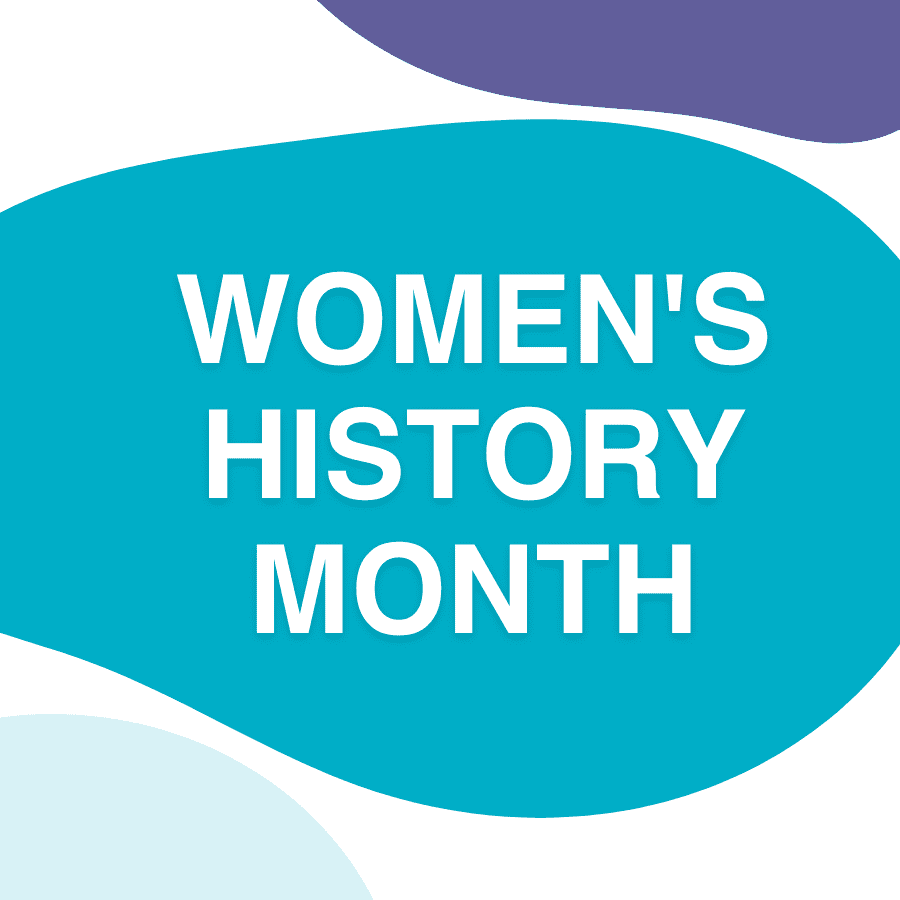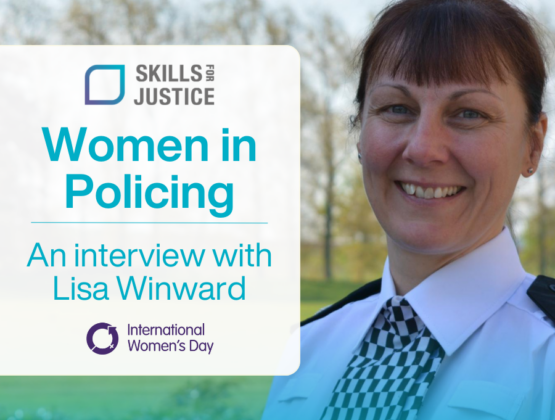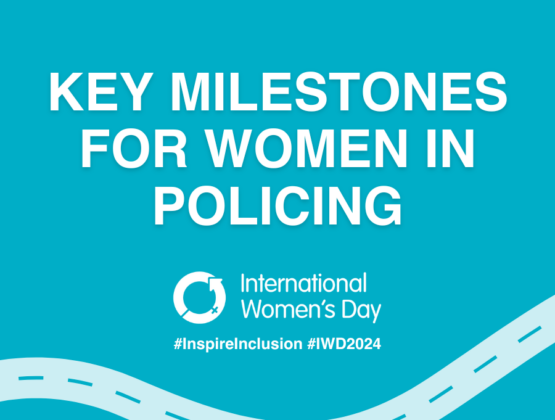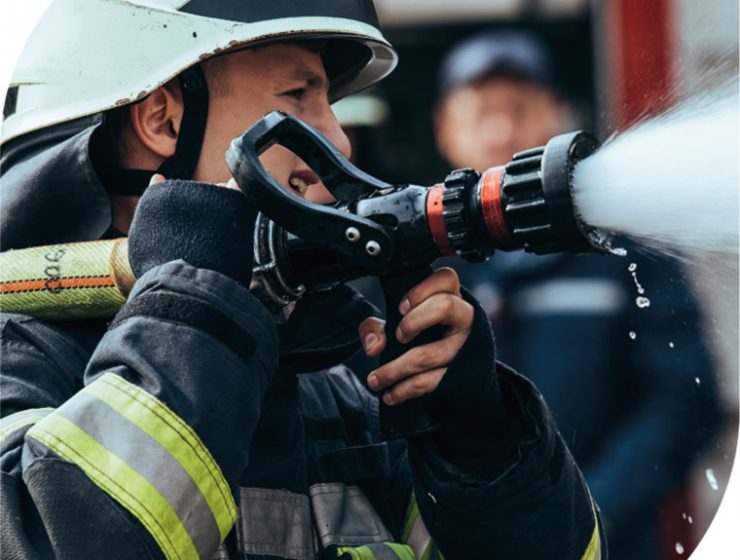Published by Skills for Justice
Women’s History Month: A History of Women Working in the Sectors we Serve
Date 01.03.22

Just one week ahead of International Women’s Day, March 1st marks the start of Women’s History Month. To celebrate both important awareness events, this year we wanted to commemorate some of the crucial women who have changed the course of history for the sectors we serve, including Policing, Fire and Rescue, Local Government, Armed Forces, and Prisons and Probation.
Policing: Margaret Damer Dawson OBE
Born in 1873, Margaret Damer Dawson OBE was a prominent philanthropist and suffragette. In August 1914, Dawson, along with Nina Boyle, founded a committee that would become the Women Police Volunteers (WPV). This initial committee was a group of 40 women who, working with the approval of the Home Office, organised to meet Belgian refugee families arriving in London and transported them to safe lodgings.
Unfortunately, a year later, the founding duo Dawson and Boyle split due to disagreements over the role of the organisation. Dawson continued her work and shortly after founded a new organisation – the Women’s Police Service (WPS). As a result of the incredible work the WPS had achieved, Dawson and her second-in-command were awarded an Order of the British Empire in 1918.
Fire & Rescue: Mary Joy Langdon and Josephine Reynolds
It was not until the mid-1970s that women really started to get involved in operational firefighting. 1976 saw a real turning point for the Fire and Rescue sector. To tackle a large-scale forest fire in Speyside, Scotland, the Grampian Region Fire Brigade (GRFB) had to call on volunteers from the local community. In 1972, a school in the area had, for the first time, accepted women into the voluntary firefighting unit. When GRFB were trying to find volunteers, a group of trained women firefighters from the school attended the incident; their incredible performance compelled the GRFB to allow women to take on official front-line firefighting roles for the first time.
This move by the GRFB really paved the way for women entering the Fire and Rescue sector. Additionally, a drought in the same year caused increased pressure on fire services and many other brigades allowed women to join for the first time. “Britain’s first female firefighter”, Mary Joy Langdon, was hired by East Sussex Fire Brigade as a retained firefighter in August 1976. 7 years later, Josephine Reynolds became Britain’s first female wholetime firefighter, joining Norfolk Fire and Rescue after a year of training.
Local Government: Jane Cobden and Lady Sandhurst
Although women have been involved in local government since as early as the 1880s, the journey to today has not been an easy one and is still ongoing today. As of 2018, women still only make up 36% of local councillor rolesi.
The first two women elected to a local government role were Jane Cobden and Lady Sandhurst, elected to the London City Council in 1889. Unfortunately, during this time, legislation for setting up County Councils was very unclear. So unclear, in fact, that the courts declared Lady Sandhurst’s election invalid, even though Cobden’s election was never challenged. Despite not being challenged, Cobden’s time at London City Council was not made easy; she could remain a councillor, but she was still not allowed to vote, making it hard to have an impact in the role and still decades away from the Representation of People Act of 1918.
Armed Forces: All combat roles open to women in 2018
Women have been part of the armed forces, to some degree, for centuries. However, it was not until the early 1990s that women have become more integrated, and not until 2018 that all combat roles were opened to the female populationii: a big day in the history of women in the military.
It took a long time for the armed forces to get to this point in the equality journey, with many women throughout history disguising themselves as men to be able to serve. In the civil wars of Britain from 1639-51, so many women disguised themselves as soldiers to fight, that King Charles I issued a proclamation banning women from wearing men’s military clothing. For centuries following this, countless other individuals have disguised themselves as men and kept their biological sex a secret to be accepted into the armed forces. Many of which were only found out after they had died in battle.
Prison and probation: Elizabeth Fry
The Prison and Probation sector has a complicated history with women in the workforce. Women have served as prison and correctional officers since the early 1800s in London. However, for a long time, most women in this sector were working exclusively with female inmates.
One of the reasons for this segregation of female officers was because of the work of a woman called Elizabeth Fry – who created the Association for the Improvement of Female Prisoners. While campaigning for segregation of the sexes, in the 1820s she inspected prison conditions and advocated for reform. In 1823, as a result of Fry’s work, prison reform legislation was finally introduced to Parliament – legislation that brought local police forces and prisons under the supervision of the Home Office. This was essential in ensuring the uniform and effective development of the services.
The Justice workforce today
The fight for gender equality has been a long and complicated one. Although it’s clear that complete workplace equality is still far from being accomplished, it’s also encouraging to see the proportion of women working in important public sectors roles increasing every year. In Policing, female staff made up 30.4% of police officers as of 2019iii, which increased from 28.6% just 3 years earlier in 2016iv. This increase can also be seen in the Fire & Rescue sector with female firefighters making up 6.4% of the workforce in 2019, compared to 3.6% in 2009v.
Despite the historical limitations women have faced, it’s clear to see that the work of women has had an extraordinary impact on these crucial sectors for hundreds of years: an impact which we still see and appreciate today. Thankfully today it is much easier for a woman to pursue a career in Policing, Fire & Rescue, Local Government, Armed Forces or Prison & Probation. These sectors are appointing workforce development organisations like Skills for Justice to ensure that both the recruitment pathways and the career development opportunities for women are frequent and inclusive for all.
Sources
i. National Census of Local Authority Councillors, 2018. Local Government Association.
iii. Police Workforce, England and Wales, 31 March 2019. Home Office National Statistics.
iv. Police Workforce, England and Wales, 31 March 2016. Home Office National Statistics.
v. National Fire Chiefs Council, “New Statistics show an increase in female firefighters”.
Sign up to receive news and updates from Skills for Justice
"*" indicates required fields





